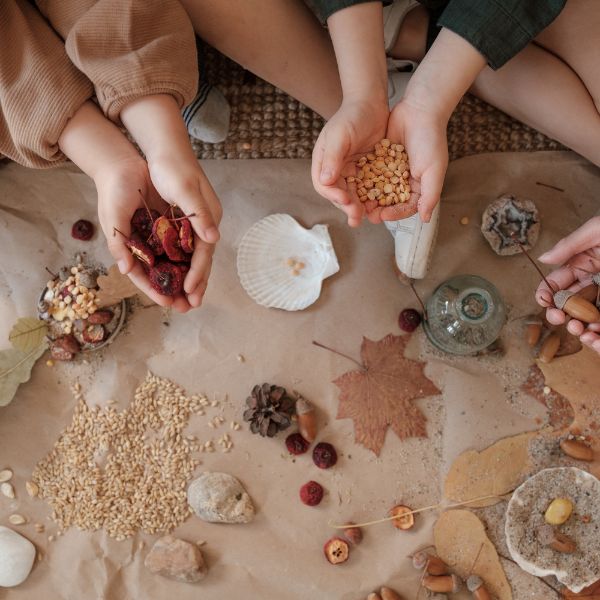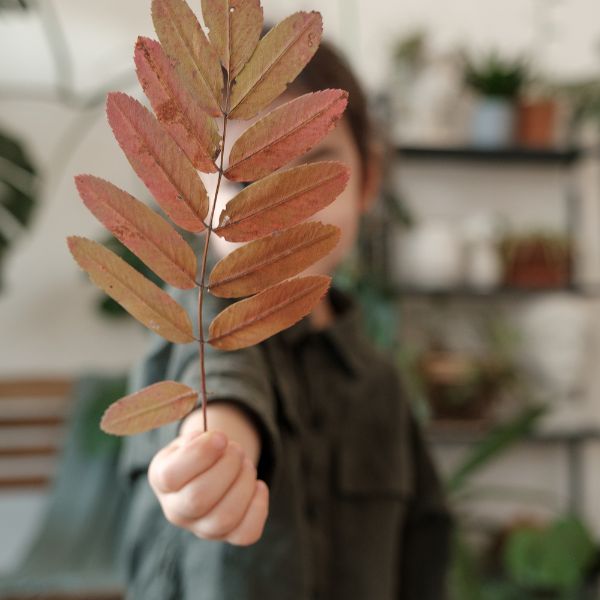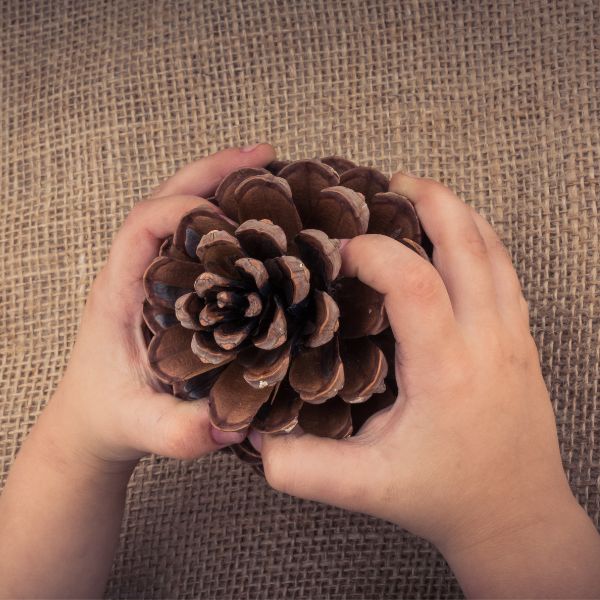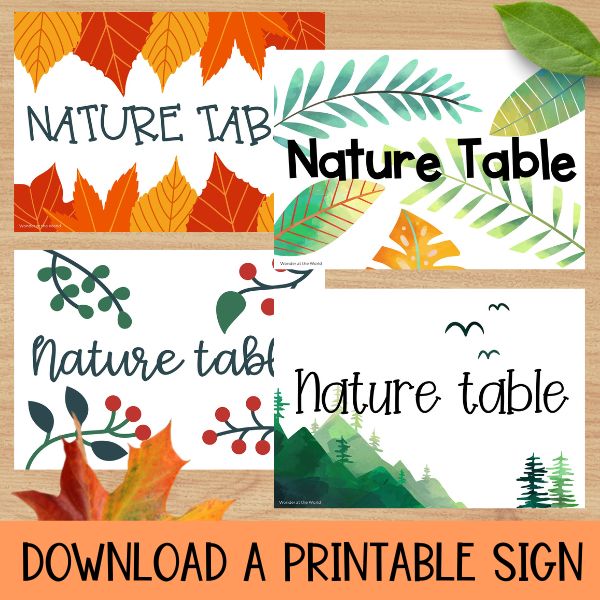Bring the outdoors into your classroom and make nature part of your kids’ everyday learning with a hands-on nature table. A classroom nature table is more than just a collection of natural objects – it’s an interactive space that sparks curiosity, encourages exploration and discovery, and nurtures a deeper connection with the environment.
A nature table can provide opportunities to learn about seasons, ecosystems, and biodiversity and familiarise children with the plants and animals in their local area. It also facilitates observation, classification, and thinking skills.
A nature table isn’t a direct replacement for being outdoors (I’m a big advocate for getting kids outside whenever you can)! However, when outdoor space is lacking, or extreme weather prevents learning outside the classroom, having a nature table is so worthwhile!

Benefits of having a nature table in the classroom
Encourages Exploration and Discovery
Children are naturally curious. A nature table allows them to use their senses to explore the natural world and encourages questioning e.g. What is this made of? Where did it come from? Why does it look like that?
Develops Observation and Classification Skills
Hands-on contact with nature can provide so much more than looking at pictures. Children can observe natural objects from different angles, get a better idea of size and scale, and can look at things ‘close-up’ to see more detail.
Fosters a Connection with Nature
We live in an increasingly urban and technologically driven world. We need to give children the chance to connect with nature and help foster a sense of awe, wonder, and respect for the natural world around them.
Supports Curriculum Learning
A nature table can be used to support learning across the curriculum, not just science. Use it to spark creativity in art, writing, storytelling, drama, and more!
How to set up a classroom nature table
Setting up a classroom nature table can be easy and inexpensive. Here are some tips to get you started.
Firstly, choose a location that is well-lit, but not in direct sunlight. Areas that are too hot or bright can result in some items becoming light-damaged or deteriorating more quickly.
Choose a table that will allow objects to be placed away from the edge but within easy reach of children. Something that can be easily cleaned is a must. You could even layer a wipe-clean tablecloth underneath.
When planning what to place on your table, consider including different textures, shapes, colors, and smells. You could theme the table around a particular season or habitat, or even link it to a book or story.
Don’t feel like you need to stuff the table with objects. Some extra room on the table gives space to explore and can help prevent overwhelm.
When presenting the objects, you could use plinths (plastic or wooden blocks), bowls, jars, or shallow trays. This can make the table look more interesting than having everything laid out flat.
What to put on a classroom nature table
A classroom nature table can include a variety of natural objects. Here are some ideas:
–Rocks and Minerals
These are robust and easy to obtain. Children could bring in rocks from places they’ve visited (a good way of learning about the geology of different areas), or visit your local garden centre.
–Leaves, Pine Needles and Flowers
Leaves are ideal for classification and sorting activities, and for learning about seasonal changes. You could create a leaf identification sheet using leaves from your local area – I’ve got a blog post about how to do it here. Why not try adding scented leaves like pine needles or garden herbs to add to the sensory experience?

–Shells
Shells are another great nature table addition because they are robust and safe to handle. There are also a variety of shapes, patterns, and sizes. If collecting from a beach, double check they are empty or they will smell revolting!!
–Feathers
These can be collected locally, or can often be purchased from craft shops. I bought some beautiful peacock feathers at my local craft supplies store.
–Seeds, Cones, and Fruits
These are a good way to link your nature table to plant life cycles and seasonal changes. Acorns, pine cones, and gourds are perfect for a fall/autumn nature table.
–Bark and Sticks
Use wood slices for children to observe the structure of bark or count tree rings. Feel the sticky buds on the end of a twig in spring. Children can compare the texture of bark from different trees, or observe the colourful lichen that’s been growing on a tree.
–Beach Finds
If you are near a beach, look for crab shells, seaweed, dried dog whelk eggs, empty mermaid’s purses (shark/ray egg cases), or sea urchins. As with shells, double check nothing living is attached as the smell will be horrible!
–Extra ‘wow’ factor
Other items to consider to add an extra wow factor for children are fossils (I’ve written a blog post about creating a classroom geology collection here) clean animal bones, or even a shed snakeskin!
For anything you include, be aware of any sharp edges, poisonous plants/fungi, objects rotting, or children’s allergies. Children should always clean their hands after interacting with natural objects.
What else could you include to help children explore a nature table?
-Labels
-Books
-Magnifying glasses
-Sorting trays/pots
-Paint swatches (for colour matching or sorting).
-Mini torches
–You can download a sign for your nature table here.
What about delicate items?
Ideally, most of what you place on your table should be able to be handled directly. There may be occasions when something is too delicate (e.g. egg shells). You could use a Perspex box lined with cotton wool so that the object can be still viewed from different angles. For small, flat items like insect wings, flower petals, and leaf skeletons, you could try laminating them. I’ve written a post about how to do this here.
Final thoughts
You’ll want to keep your table fresh to maintain interest and to remove anything that’s past its best. Keep any items that won’t rot away in a dry place wrapped in white tissue paper to bring them out again on a future rotation.
You’ll want to brief children about how to carefully handle the natural objects before they interact with them. This will prolong the life of the item as well as keep children safe.
If you don’t have space in your classroom, it doesn’t have to be a full table. A nature discovery box or trays that children explore on their desks would also work well.
I hope this post has inspired you to give a nature table a try!
Join my email list
Want to keep up to date with blog posts and science resources from Wonder at the World? Sign up for emails here and receive a free sunflower life cycle activity.


